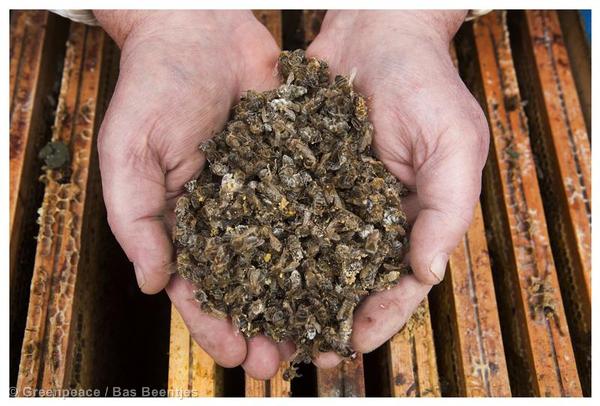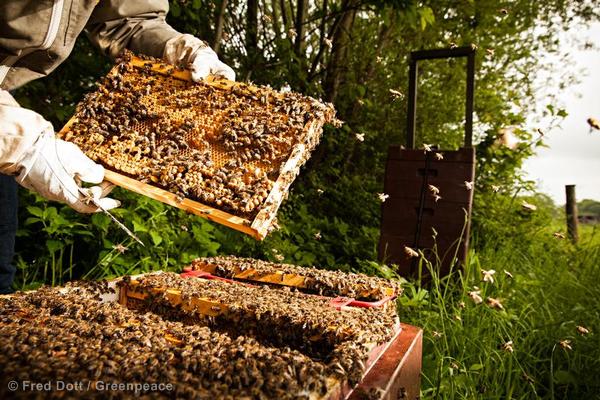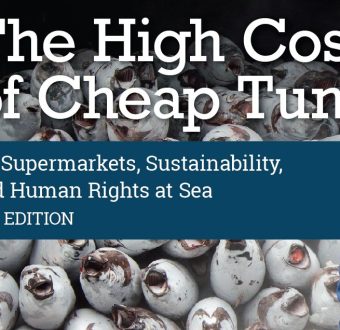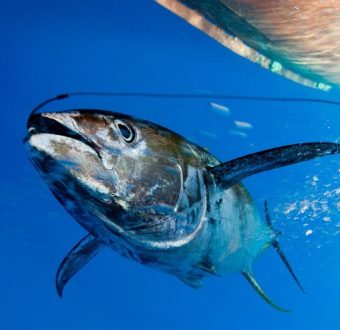A blockbuster Harvard study has recently found that a class of pesticides known as neonicotinoids might just be the prime culprit in the honeybee plague known as Colony Collapse Disorder (CCD).
Since the first reports of CCD in the early 2000s, theories as to its origin have abounded. Pesticides have always been understood to play a key role. Neonicotinoids have raised suspicions most of all, so much so that the EU has already restricted the use of the most popular pesticides in the family.

Beekeeper Henk Brouwer shows his dead bees. Half of the population of his colonies died after a winter period last year.
The Harvard study, led by noted environmental health researcher Chensheng Lu, is the first to suggest that neonicotinoids dont simply ‘play a role’ like all the others. Instead, Lu and his team show that hives of bees exposed to levels of neonicotinoids that simulate agricultural conditions were 50% likely to be abandoned come winter time, with individual members dying from symptoms resembling CCD. These hives were not repopulated by young bees.
Just in case youre wondering, abandoning their hives for winter is not something bees do.
Hives that were not exposed to neonicotinoids were not abandoned, and they were repopulated quickly by ’emerging bees.’ Of the untreated colonies, only one was lost to disease.
The US has yet to follow Europes example. For its part, the pesticide industry has peddled doubt, stressing that CCD is caused by a variety of agents, some chemical, some environmental, some pathogenic. While it is true that some diseases and parasites have played a role, most scientists agree that these naturally-occuring agents are enabled because bees defenses are weakened by pesticides.
Pesticides, after all, are poisons sprayed on plants to kill crop pests, many of which are insects just like bees. Bayer, one of the major producers of neonicotinoids, accused Lu and his team of overdosing the bees he tested by exposing them for 13 weeks. Lu countered by saying bees in the field are generally exposed longer than that, as the growing season in relatively-cold New England, where Harvard is located, can be 30-weeks long. In California, it is longer than that.
Whats more, bees showed no signs of ill health during the period of exposure. It was only after the foraging period, when the bees were no longer exposed, that they abandoned their homes.
Early this week in Europe, Greenpeace activists protested at the annual general meetings of Bayer and Syngenta, another pesticide producer. In Europe, where neonicotinoids are already on their way out, activists in more than 100 cities organized for a global day of action.
The new Harvard study is yet more evidence that the EPA needs to at least take the same steps the EU has.





